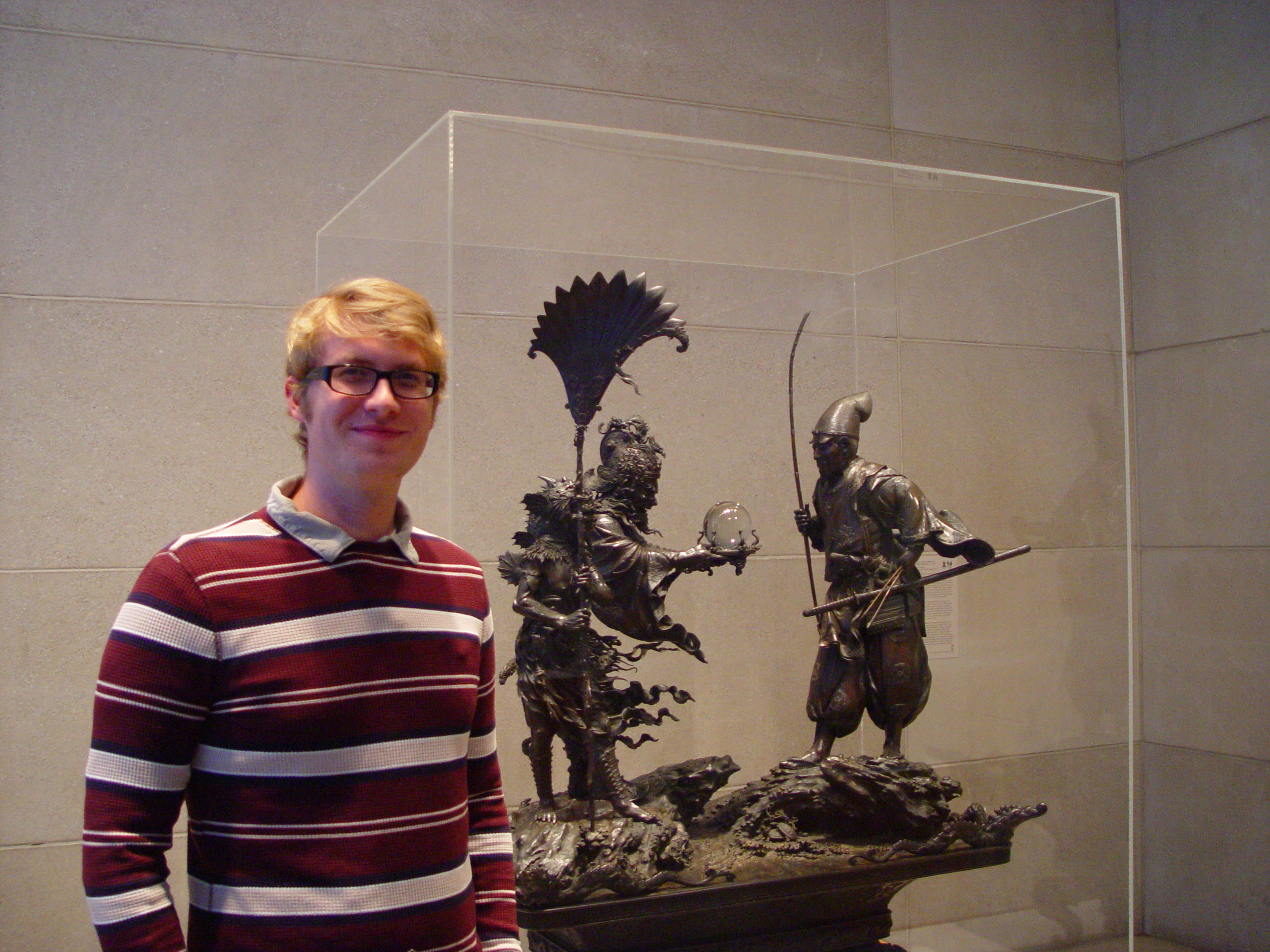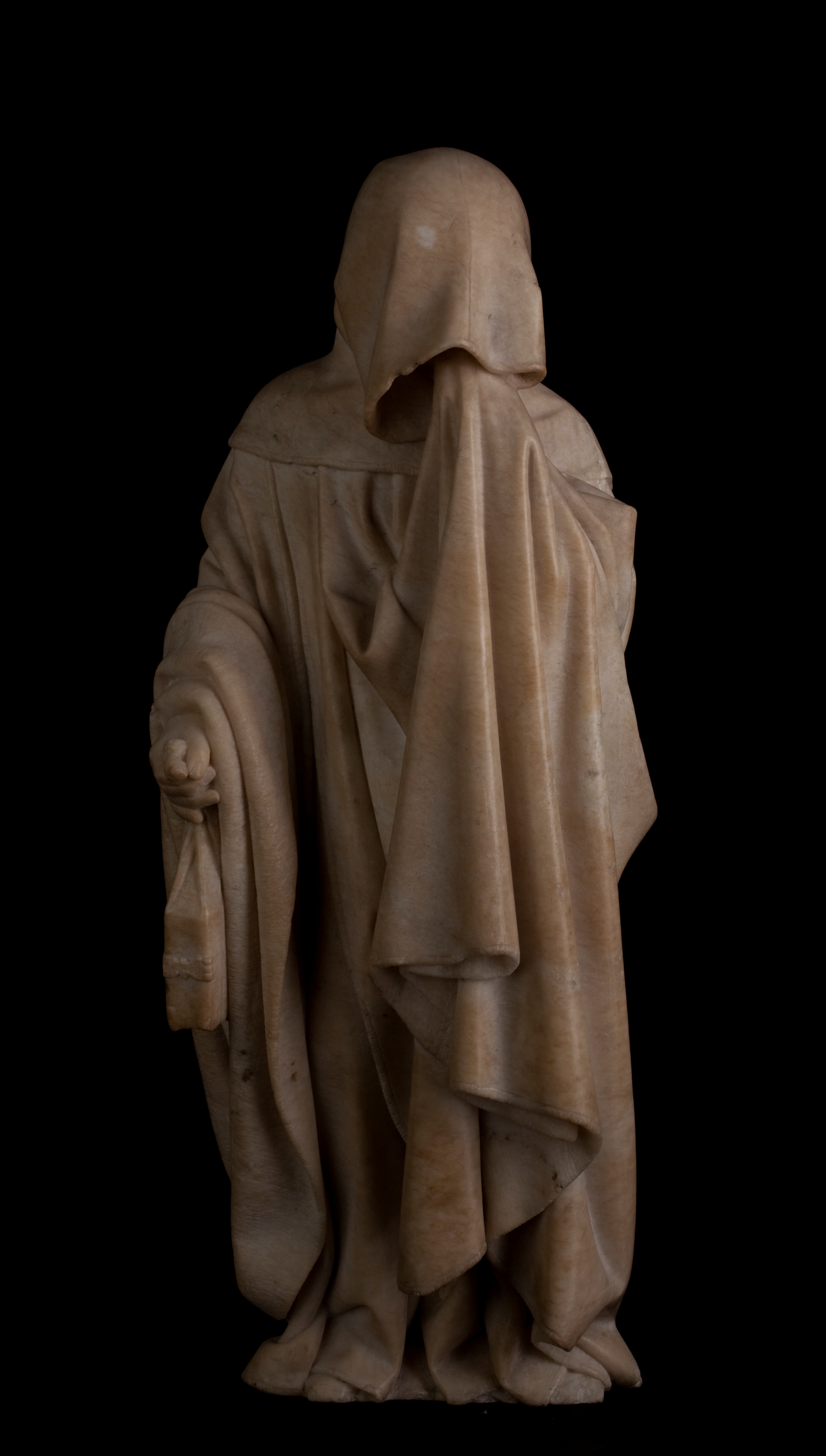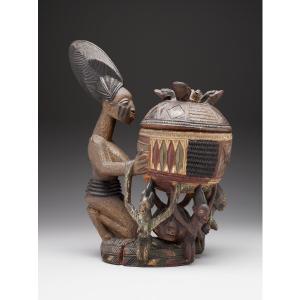Over the past two years, we’ve shared with you our exciting work with teachers related to Connect: Teachers, Technology and Art, a project supported by an IMLS grant. This funding made possible a grant coordinator position that assists with various tasks related to the grant. Tom Jungerberg quickly fit in with our department, and helped tilt the very uneven ratio of male to female staff ever-so-slightly in the opposite direction.
Could you trace the path that has brought you to the DMA?
I have Bachelor’s degrees from Florida State University in art history and English, and a Master’s degree from Boston University in English. I’m originally from Florida and I lived there for two years prior to moving to Dallas. I worked at University of South Florida as a visiting assistant professor teaching composition, mostly, and expository writing.
My girlfriend began teaching at UNT Dallas last August, and that’s what brought me here. When I got here, I was excited to see an opening for the IMLS grant coordinator position since it seemed so suitable to my skill set.
What is your role with the IMLS grant?
I serve as the liaison between Nicole and Jenny and the teachers – I correspond with teachers and coordinate meetings with them. I write and edit some of the new online teaching resources. I also participate in meetings, during which we discuss how we’ll approach the artwork as we develop materials and the steps we’ll need to follow to complete the project.
What has been the most interesting aspect of your work here?
I’ve really enjoyed everything, but it’s been especially interesting to observe teachers in the classroom. It’s great to see how people take the materials we’re preparing and apply them to their own curricula and lesson plans. I appreciate being able to see the final outcome of these things that we’re making, and to see the different ways they’ll be used when they go public.
How do you spend your free time?
I just bought a house, so that takes a lot of my free time. It was built in 1895, and legend has that it was built by one of the founders of TCU. I also raise chickens, and I have a garden which I’m pretty excited about since it’s the growing season. Yellow and green squash are coming in right now; I have also planted tomatoes, tomatillos, peppers, spinach, some lettuce, bok choy, peas, and green beans.
Where do you see yourself in five years?
That’s hard, as this job is ending in September. I enjoyed my time at University of South Florida, so I’d like to teach. I think teaching, but if you ask me tomorrow, I don’t know.
We’ve invited Tom to be a guest blogger; look for posts written by him in the coming months.
Melissa Nelson
Manager of Teaching in the Community














